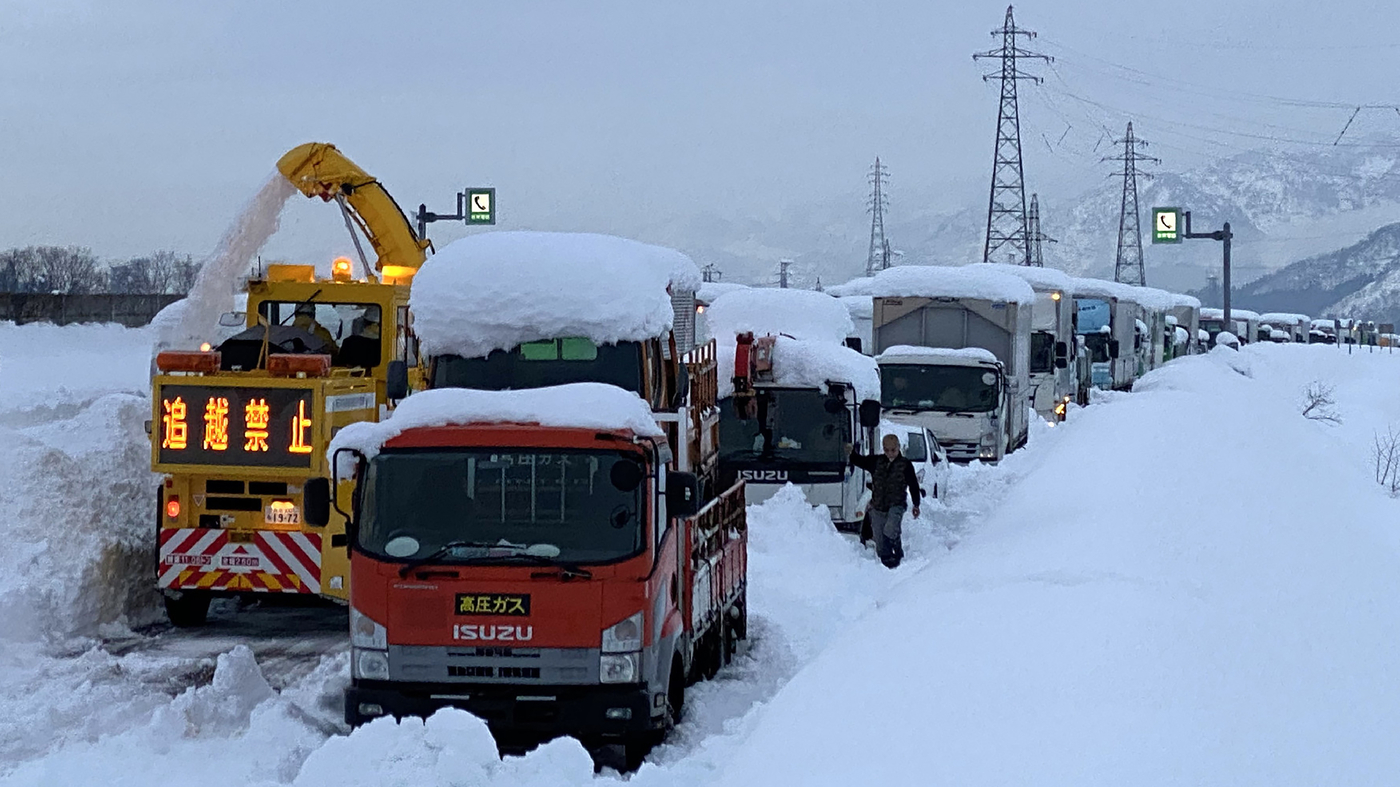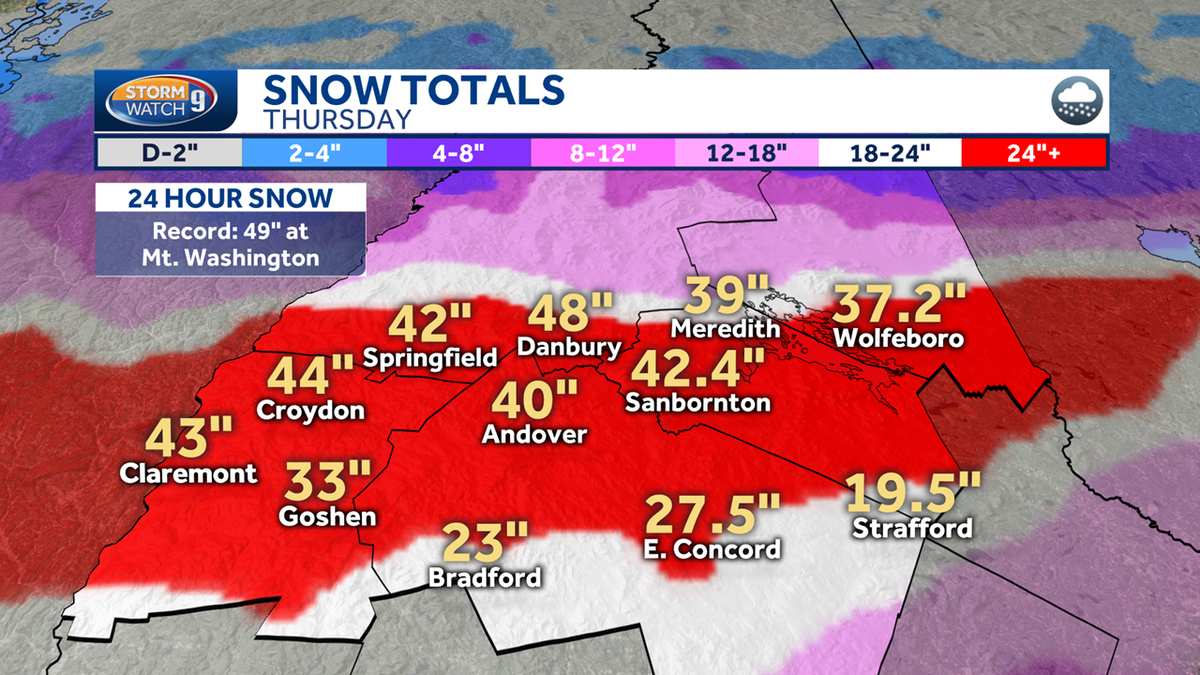Something I was thinking about recently is how our snowfall in the Southeast will be affected by warming temperatures globally. Has there been any deep analysis done on this?
I don’t want this to turn into a conversation about the merits of global warming/climate change, and whether it is manmade, and if so how much of it is manmade versus natural. There’s another thread for that. My topic in this thread is, assuming a future warming world, regardless of cause, how will the Southeast’s snow climo be affected? Will regular seasonal snowfalls be a thing of the past in the NC Piedmont by late century? Will kids growing up in Macon, GA late century never see snowfall in their backyards?
For example, assuming IPCC predictions are somewhat accurate (debatable, but for the sake of this argument), it’s not inconceivable that Raleigh could have average temperatures that are somewhat comparable to Macon, GA’s today by late century. However, I don’t imagine this would directly translate into the same snow climo as Macon circa 2020 given the geographical differences, storm tracks, etc. between the locations. For example, Raleigh and Charlotte circa 2020 have about the same January average temperatures, but Raleigh still averages around 50% more seasonal snow because of its superior snow geography; it is able to take advantage of coastals that Charlotte is too far west to get. It’s a similar story with Atlanta; even though Atlanta is only a couple degrees warmer than Raleigh and significantly higher in elevation, the city averages something like a third of Raleigh’s seasonal snowfall.
I may largely be restating the obvious here, but it’s just something I was thinking about and I’m not sure it’s something I’ve seen discussed on here before. How would a climate that is 5F warmer than today’s impact Raleigh’s snow climo? Charlotte’s? Atlanta’s? Would Birmingham basically be relegated to Gulf Coast-level snow climo in such a scenario? What about 10F? That would put Charlotte’s average January temperatures about comparable to the FL panhandle’s today. But would it truly snow as little as it snows in the FL panhandle today (where Tallahassee saw its first accumulating snowfall in 23 years in January 2018)?
I don’t want this to turn into a conversation about the merits of global warming/climate change, and whether it is manmade, and if so how much of it is manmade versus natural. There’s another thread for that. My topic in this thread is, assuming a future warming world, regardless of cause, how will the Southeast’s snow climo be affected? Will regular seasonal snowfalls be a thing of the past in the NC Piedmont by late century? Will kids growing up in Macon, GA late century never see snowfall in their backyards?
For example, assuming IPCC predictions are somewhat accurate (debatable, but for the sake of this argument), it’s not inconceivable that Raleigh could have average temperatures that are somewhat comparable to Macon, GA’s today by late century. However, I don’t imagine this would directly translate into the same snow climo as Macon circa 2020 given the geographical differences, storm tracks, etc. between the locations. For example, Raleigh and Charlotte circa 2020 have about the same January average temperatures, but Raleigh still averages around 50% more seasonal snow because of its superior snow geography; it is able to take advantage of coastals that Charlotte is too far west to get. It’s a similar story with Atlanta; even though Atlanta is only a couple degrees warmer than Raleigh and significantly higher in elevation, the city averages something like a third of Raleigh’s seasonal snowfall.
I may largely be restating the obvious here, but it’s just something I was thinking about and I’m not sure it’s something I’ve seen discussed on here before. How would a climate that is 5F warmer than today’s impact Raleigh’s snow climo? Charlotte’s? Atlanta’s? Would Birmingham basically be relegated to Gulf Coast-level snow climo in such a scenario? What about 10F? That would put Charlotte’s average January temperatures about comparable to the FL panhandle’s today. But would it truly snow as little as it snows in the FL panhandle today (where Tallahassee saw its first accumulating snowfall in 23 years in January 2018)?
Last edited:





